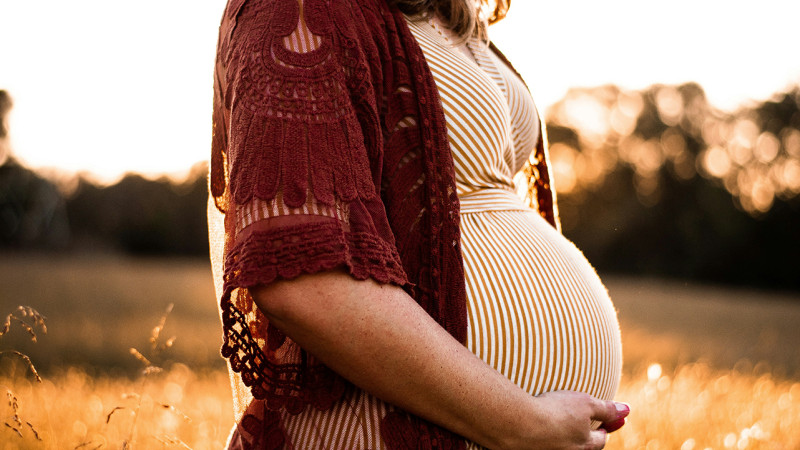Cloth Diapers 101: Everything New Parents Need to Know

If you’re a new parent considering cloth diapers, you’re not alone. With growing awareness about environmental sustainability, rising disposable diaper costs, and a desire to reduce exposure to chemicals, cloth diapering is enjoying a modern resurgence. But with so many types, opinions, and accessories out there, it can feel a bit overwhelming at first.
This guide breaks it all down in simple, practical terms—no jargon, no pressure—just the essentials you need to get started confidently.
1. Why Choose Cloth Diapers?
There are three big reasons parents switch to cloth:
Savings: You can save thousands over your baby’s diapering years.
Sustainability: Fewer disposables = less landfill waste.
Skin Health: Many parents find fewer rashes with cloth.
Bonus: Today’s cloth diapers are easier, cuter, and more convenient than ever.
2. Types of Cloth Diapers
There’s no one-size-fits-all, but here’s a quick overview of some of your options:
Prefolds & Flats: Old-school but effective. Budget-friendly and fast-drying, but they need a cover and a bit of folding.
Fitteds: Shaped like a disposable, but still need a cover.
Pockets: A waterproof shell with a pocket you stuff with an absorbent insert.
All-in-Ones (AIOs): Most similar to disposables—no stuffing or folding required.
Hybrids/AI2s: A mix of cloth and disposable features, often with snap-in inserts.
Try a few styles before committing to one. Many parents mix and match with great success. Read more about the different styles here.
3. How Many Do You Need?
Newborns: 36–40 diapers (you’ll be changing 10–12 times per day).
Infants/Toddlers: 20-24 is often enough if you wash every 2–3 days.
Having a few extras is helpful to account for laundry delays and rainy days. Read more about how many diapers you need.
4. How to Wash Cloth Diapers
Washing is easier than you might think. Here’s a simple routine:
Remove solids (if your baby is eating solids) into the toilet.
Cold rinse or quick wash cycle to get rid of residue.
Hot wash with detergent (free of fabric softeners or additives).
Extra rinse to clear out detergent.
Line dry or machine dry, depending on diaper type.
Pro tip: Sunlight helps naturally bleach stains out. Read all our best tips here.
5. Where to Store Dirty Diapers
You’ll need a spot to hold them between washes:
Wet bags: Waterproof and portable. Great for daycare or outings.
Diaper pail with liner: Keeps things tidy and odor-controlled at home.
Make sure whatever you use allows airflow to prevent mildew. Most manufacturers recommend washing cloth diapers every 2-3 days max.
6. Cloth Diaper Accessories
These aren’t essential, but they sure help:
Diaper liners (disposable or reusable): Make clean-up easier.
Diaper sprayer: Attaches to your toilet to rinse off solids.
Reusable wipes: More sustainable, gentler on the skin and more cost-effective than disposable wipes.
Snappis or pins: If using flats or prefolds.
Wet bags and diaper pail: To store dirty diapers at home and on the go.
Diaper cream: Not all diaper creams are cloth safe. Check our list of top rated cloth diaper safe creams.
7. Tips for Getting Started
Try a trial kit or cloth diaper rental before buying a full stash.
Don’t go all-in right away - mix with disposables if it helps you transition.
Join a cloth diapering community online or locally for support and secondhand deals.
Be patient - there’s a learning curve, but it gets easier fast.
Do you know a cloth diapering family, or is there a brick and mortar store nearby, ask if you can visit and look at all the different options.
Cloth diapering doesn’t have to be all or nothing. Even part-time use can make a big impact, for your wallet, your baby, and the planet. Start small, ask questions, and give yourself grace. With a little prep and practice, cloth diapers can become a natural part of your routine, and possibly even something you’ll grow to love.